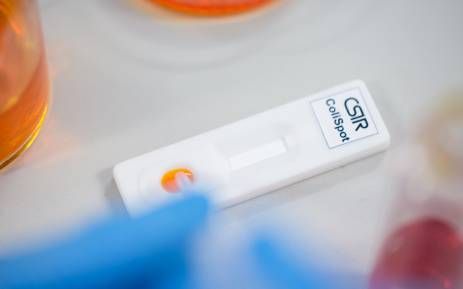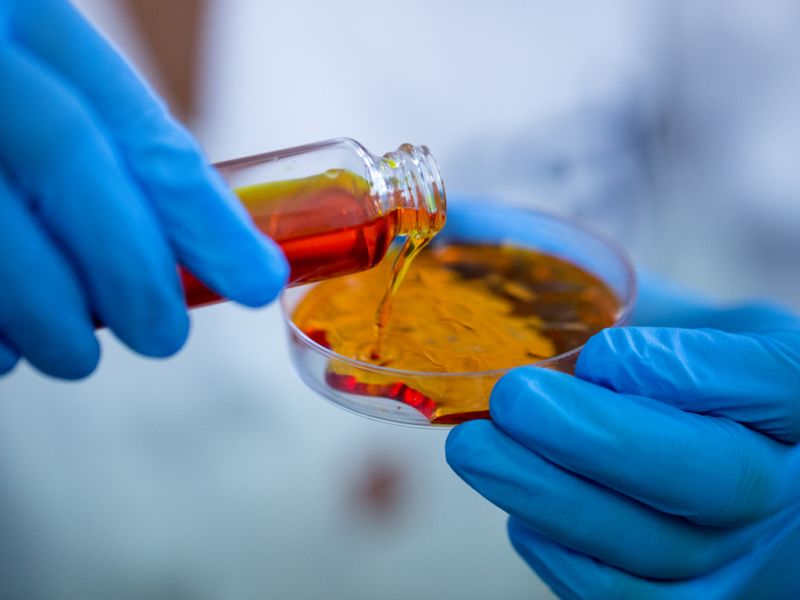CSIR Develops Device to Detect E. coli in Water
Published on by Water Network Research, Official research team of The Water Network in Technology
The device, dubbed the ColiSpot, aims to provide wastewater treatment facilities with same day results.

The CSIR's ColiSpot. Picture: www.csir.co.za
A portable device that can detect the presence of E. coli in water has been developed by the Council of Scientific & Industrial Research (CSIR).
The ColiSpot aims to provide waste water treatment facilities with same day results as opposed to the 24-hour waiting period when samples are sent for laboratory testing.
Field tests were carried out to validate the developed device against current gold standard methods such as membrane filtration to assess the functionality and capability of the test to be used as an early warning system. The system is aimed at providing waste water treatment facilities with rapid (same day) results to prevent the discharge of effluent into rivers that do not meet green drop standards.
Discharged effluent of poor water quality not only places strain on the environment and a scarce natural resource, but also increases the risk for spread of diseases through waterborne contaminants. The slow turn-around time in obtaining results for water testing affects service delivery and the operational management of water treatment plants.
Bacterial and viral pathogens have been classified as one of the key factors decreasing water quality in South Africa. The World Health Organization reported that anually, two million deaths worldwide are attributed to unsafe water, improper sanitation and lack of hygiene. Therefore, microbial hazards have been identified as the main challenge in the delivery of safe drinking water.
Current methods for detecting pathogens in water are neither simple nor portable. They require 18 - 24 hours of incubation of the sample at constant elevated temperature, are time consuming (usually requiring 1 to 5 days), expensive and require well equipped laboratories employing trained technicians to carry out routine tasks.

Water sampled from lesser serviced areas is transported to fully equipped laboratories, which are usually centrally located, for testing. In some instances, this water reaches the laboratory facility 2 to 3 days after sample collection at the site.
The Council of Scientific & Industrial Research's Klariska Moodley Says that the device might also be rolled out to various communities.
“The sensor has been developed to be easy to use and a low-cost device. It consists of a low cost natural flow sensor, very similar to a home-based pregnancy test, where two lines indicate positive results and one line indicates negative results.”
According to CSIR, the ColiSpot addresses the shortcomings of traditional techniques by reducing the total detection time for E. coli and negating the need for a fully equipped laboratory.
Source: Eyewitness News and CSIR
Media
Taxonomy
- Public Health
- E. coli
- Treatment
- Technology
- Contaminant Removal
- E. coli
- Laboratory Testing
- Contaminant Control
3 Comments
-
Does the test make a difference between E. coli and coliforms?
-
Does ColiSpot test simply YES or NO E-coli, or does it also tell you how many E-coli are in the water?
-
Sounds interesting. There are low cost (~ $5 US per sample) products on the market that can be run on site without a laboratory and give results in 16 hours for drinking water. Wastewater would be much quicker because there would be a lot more E coli present.